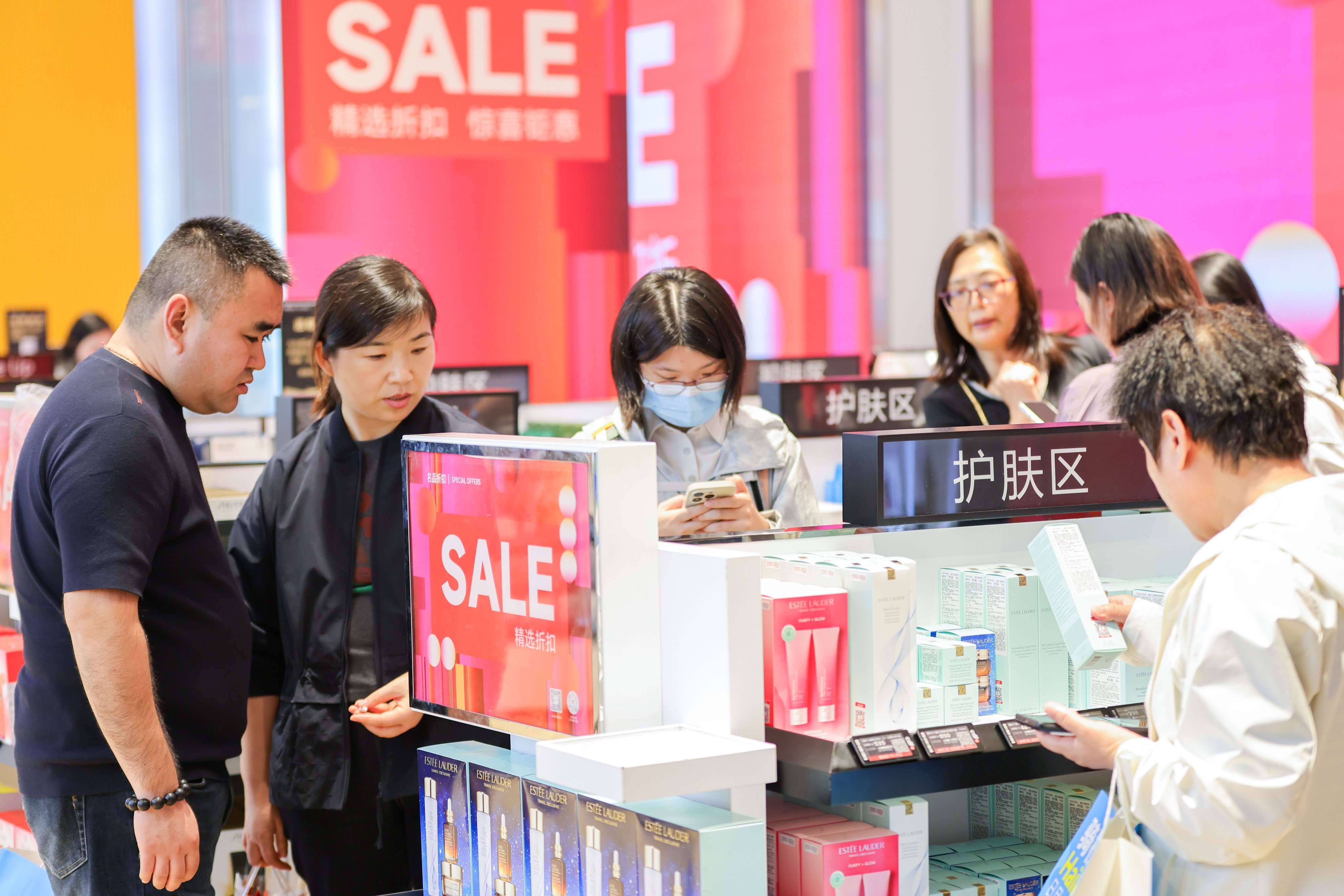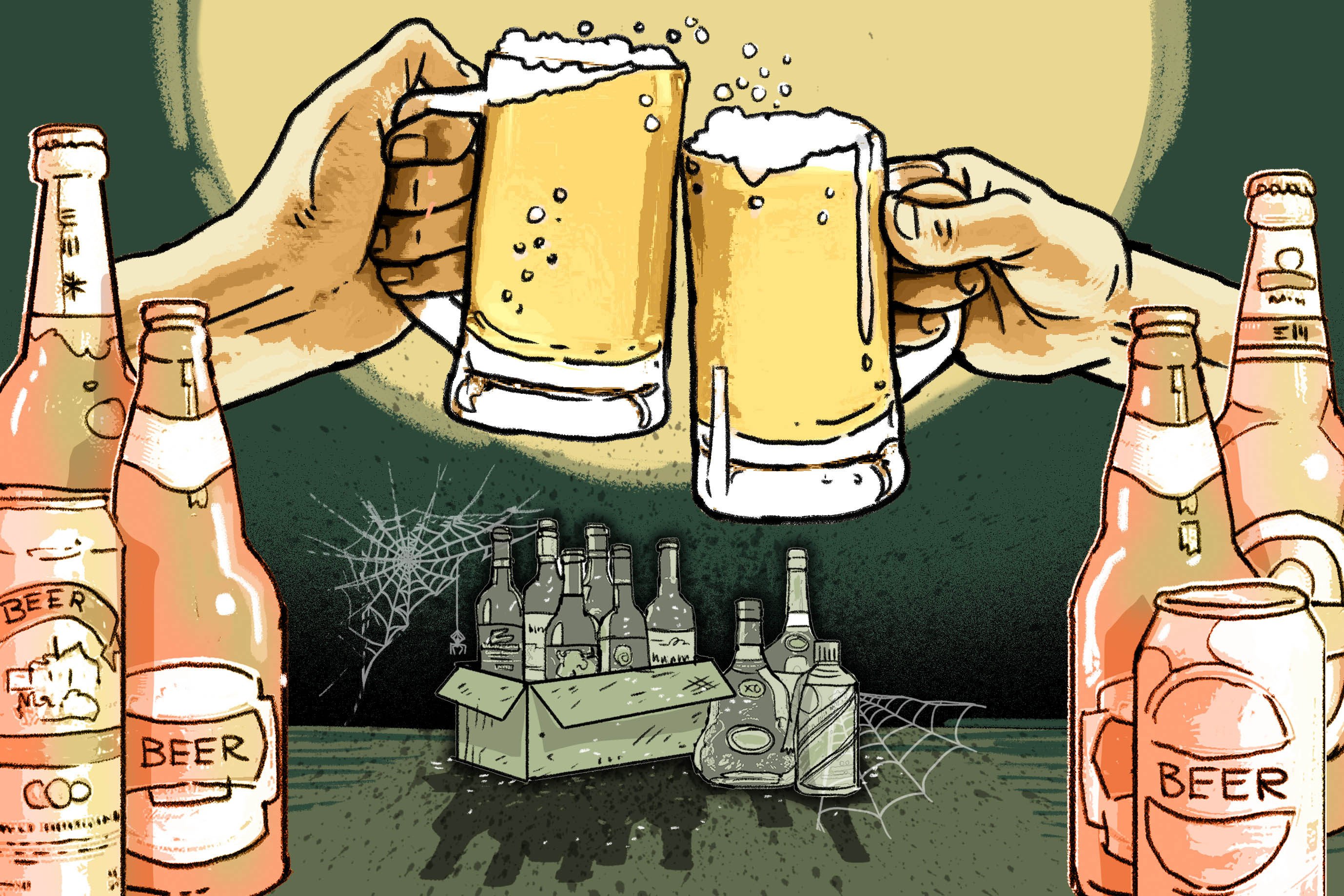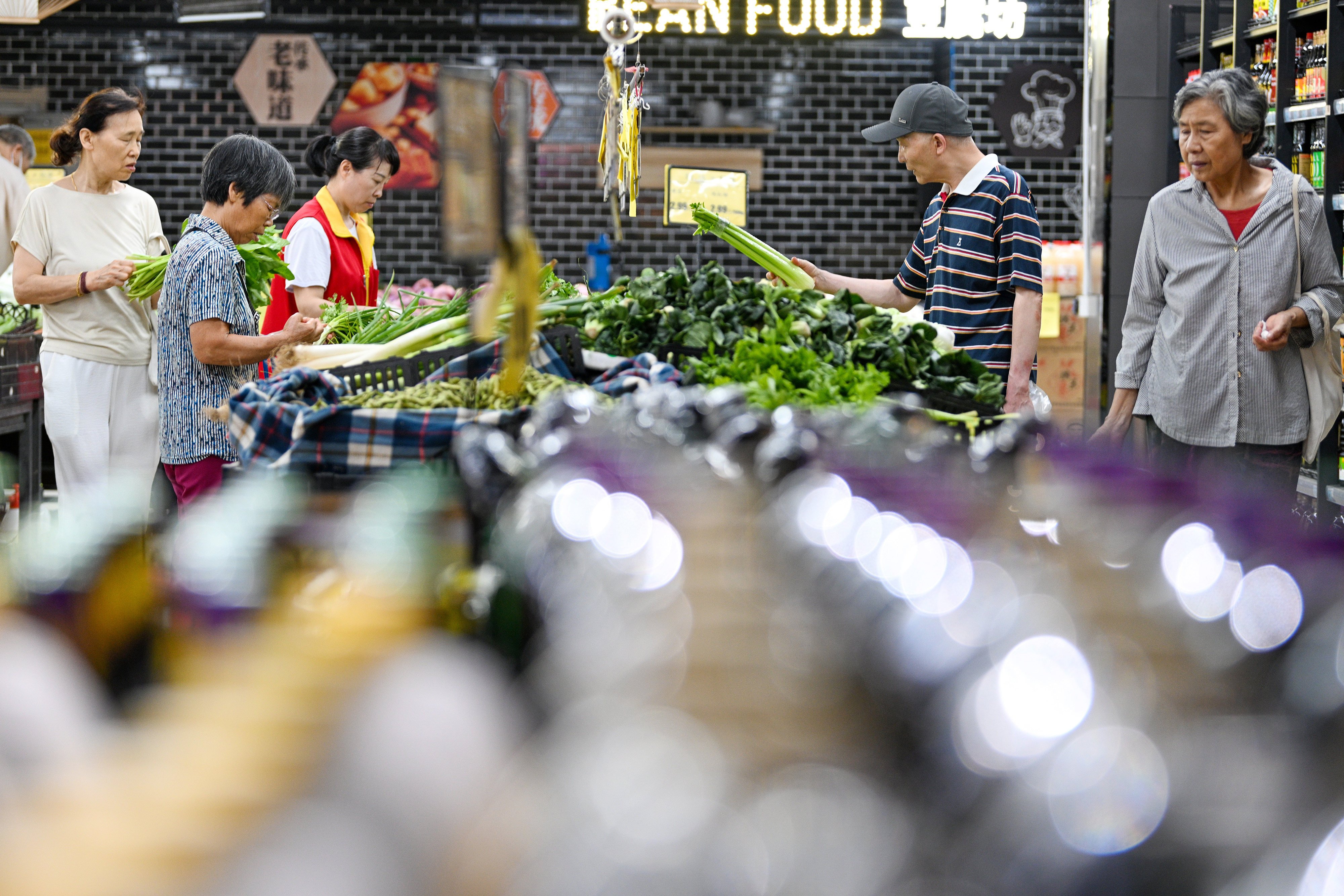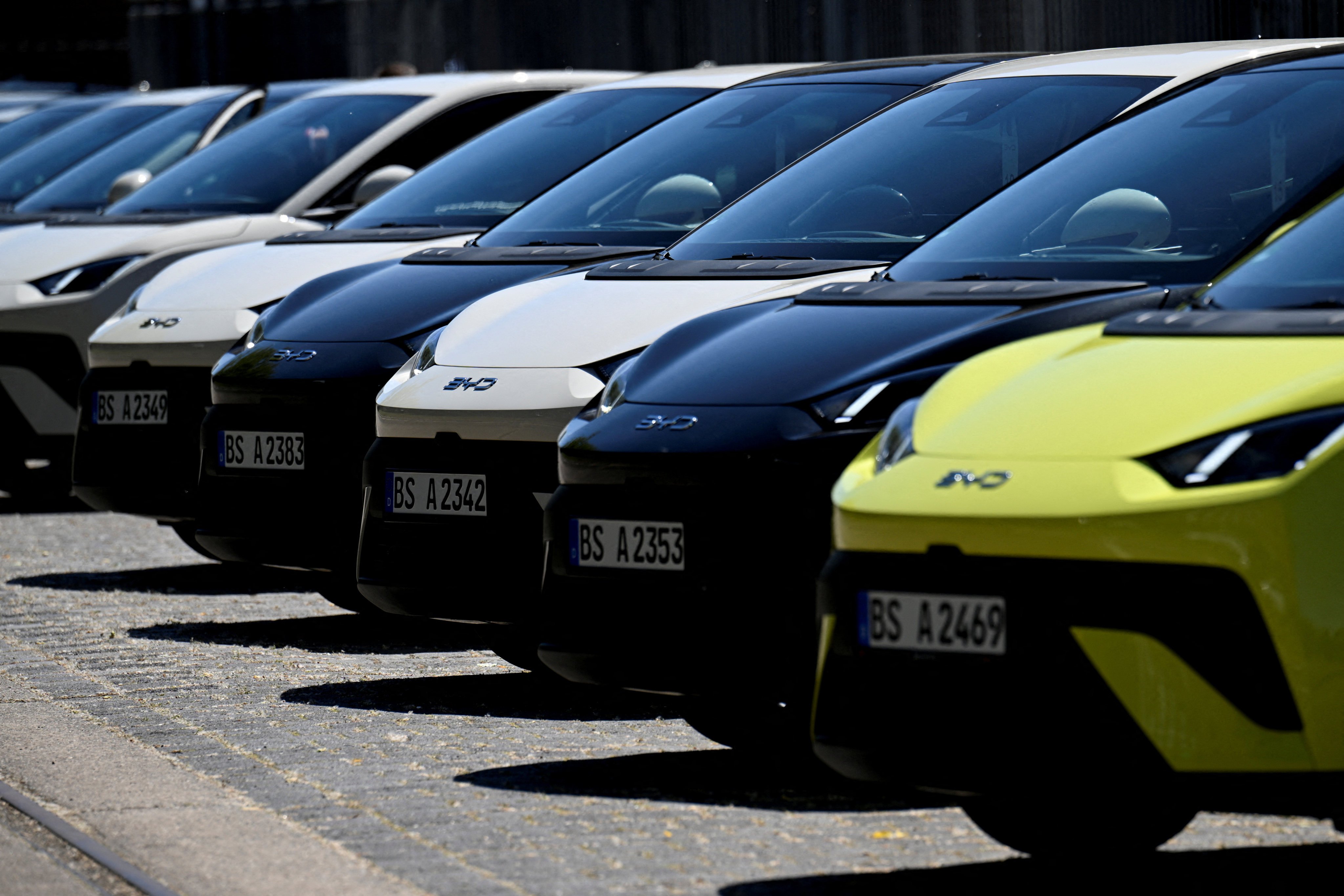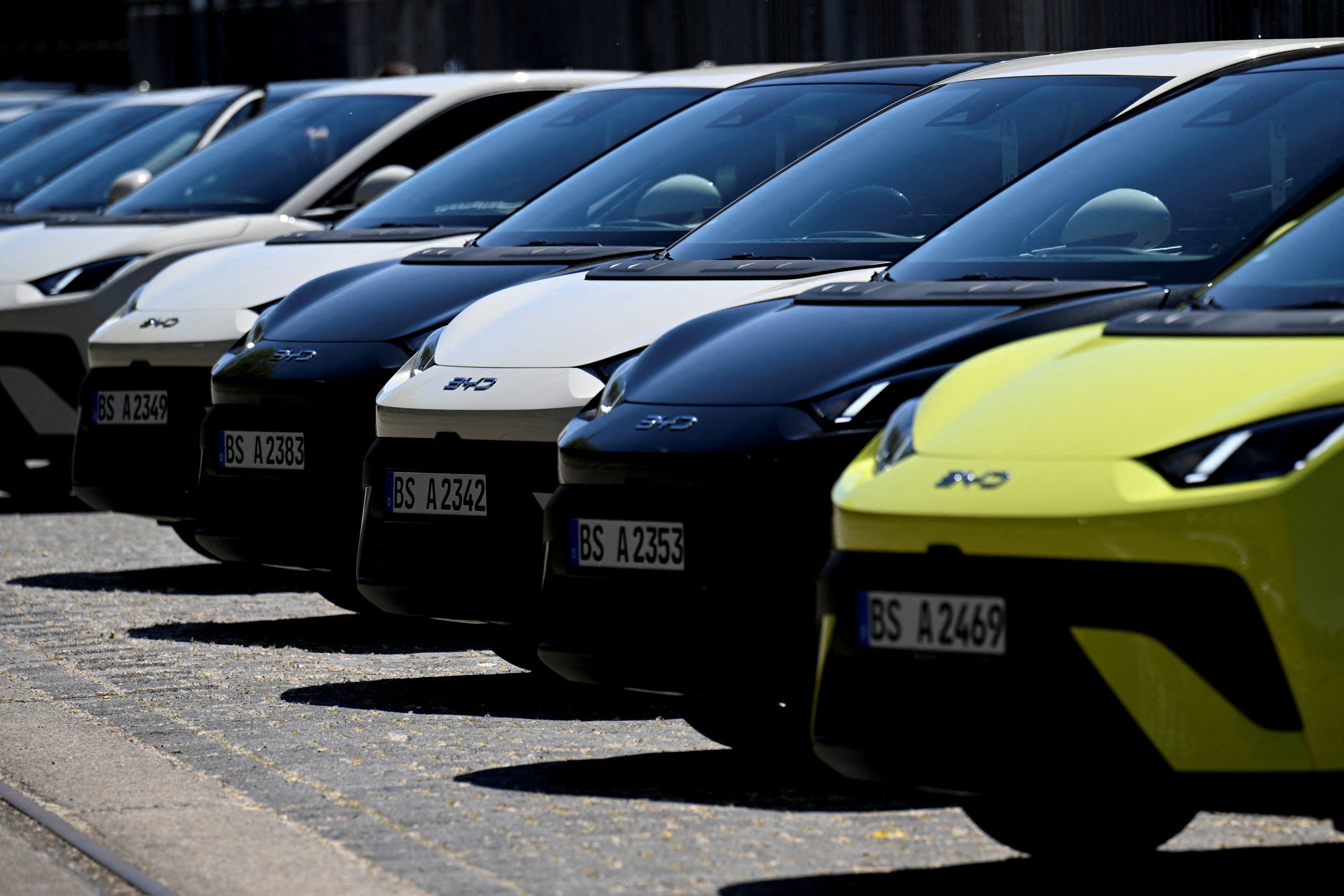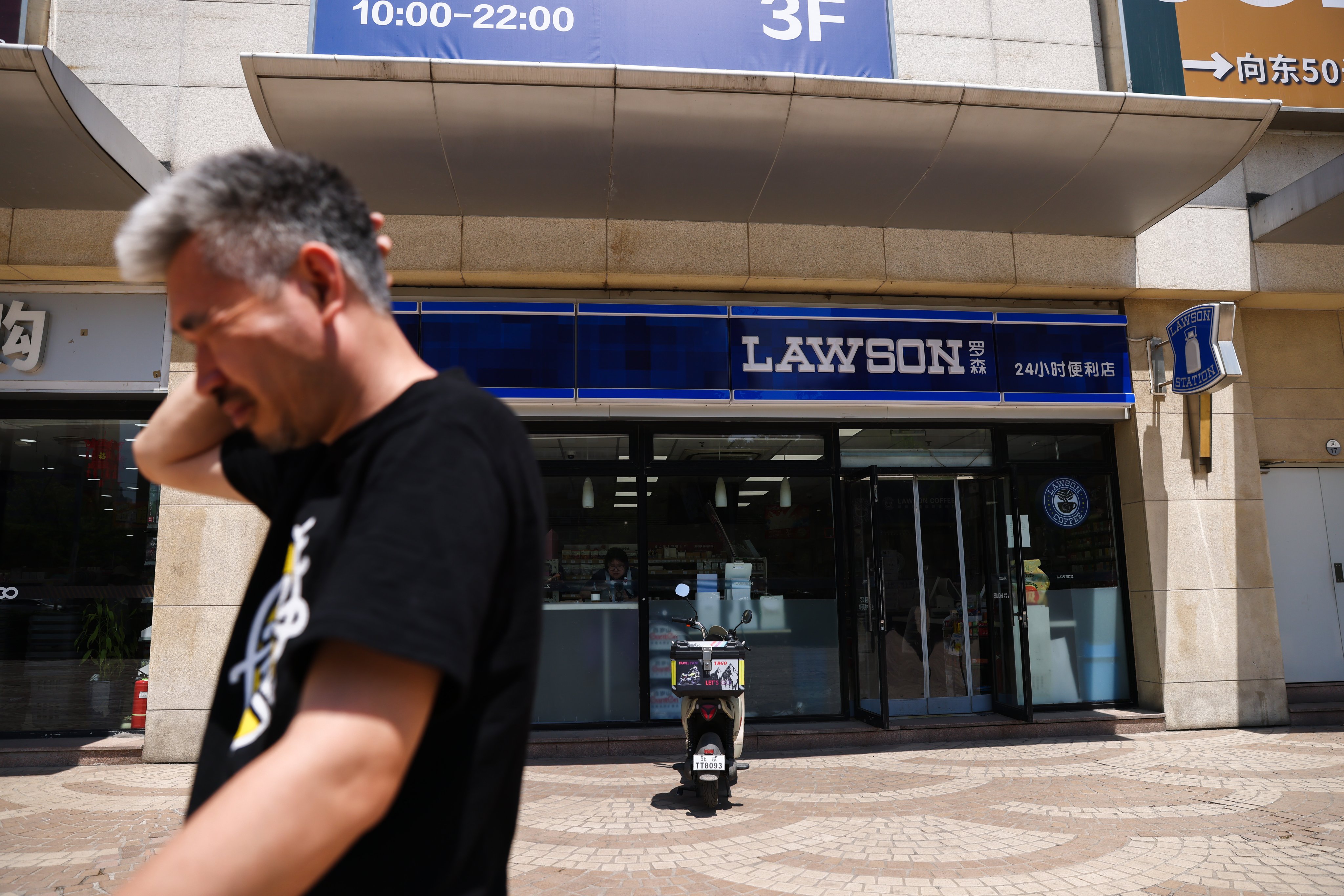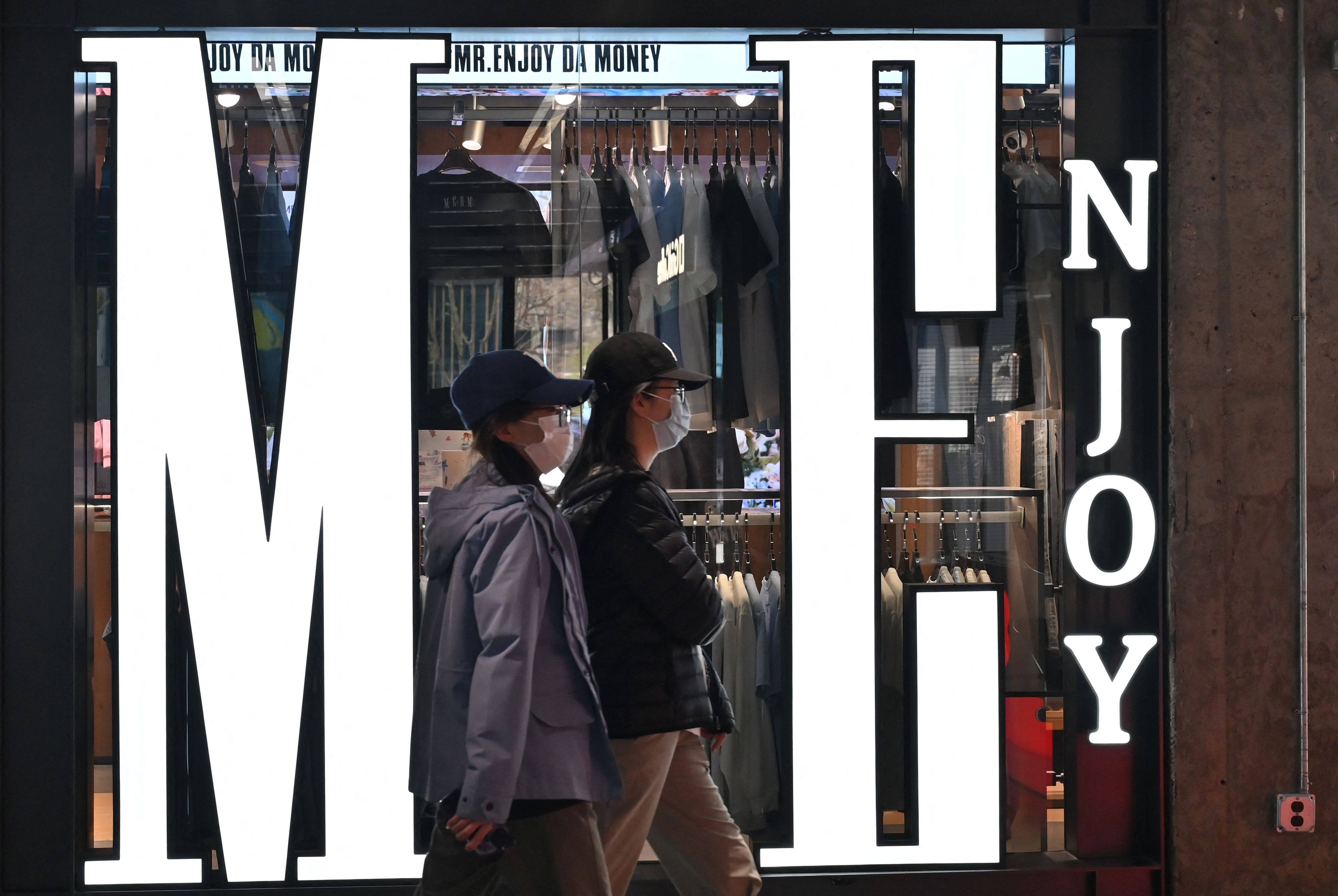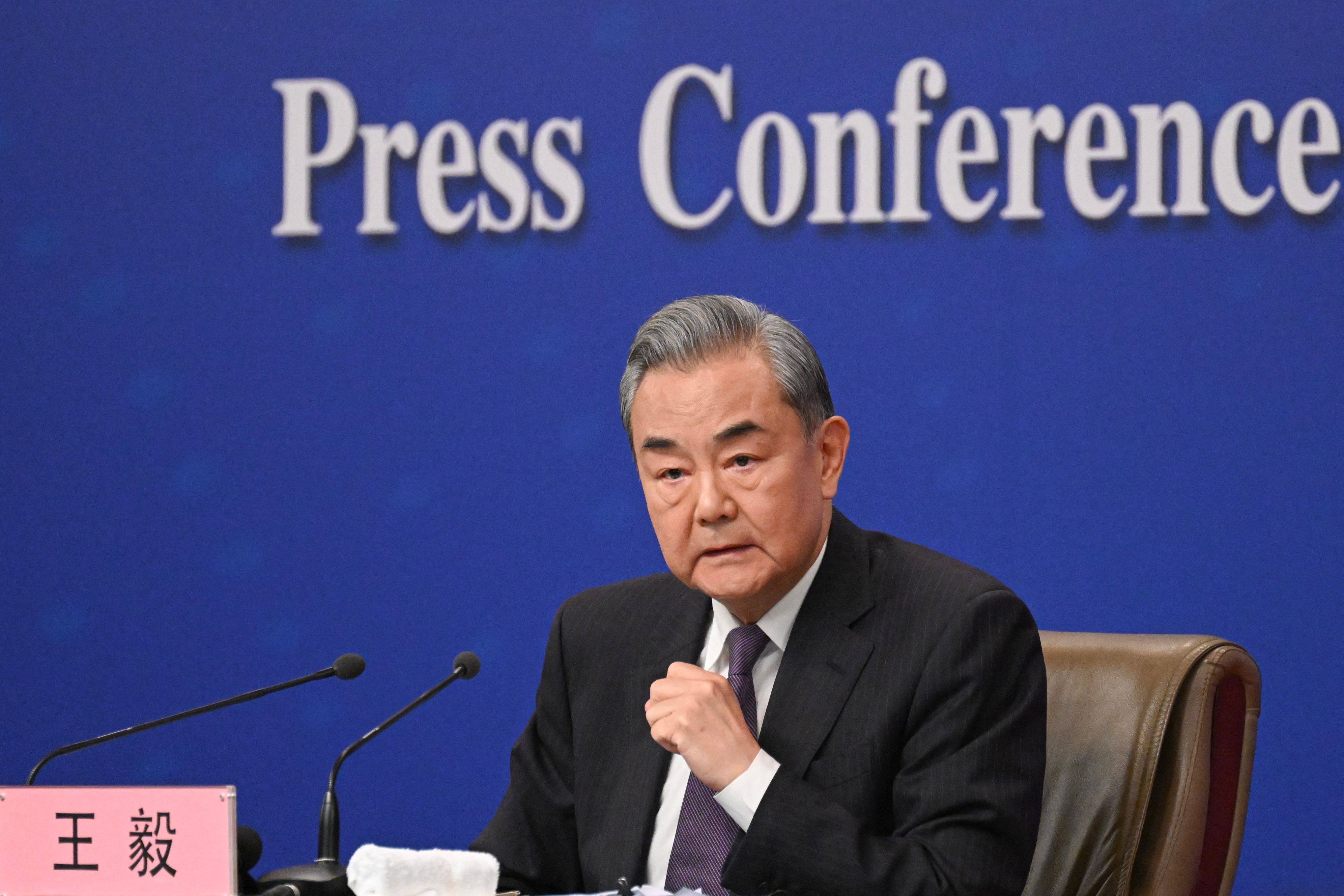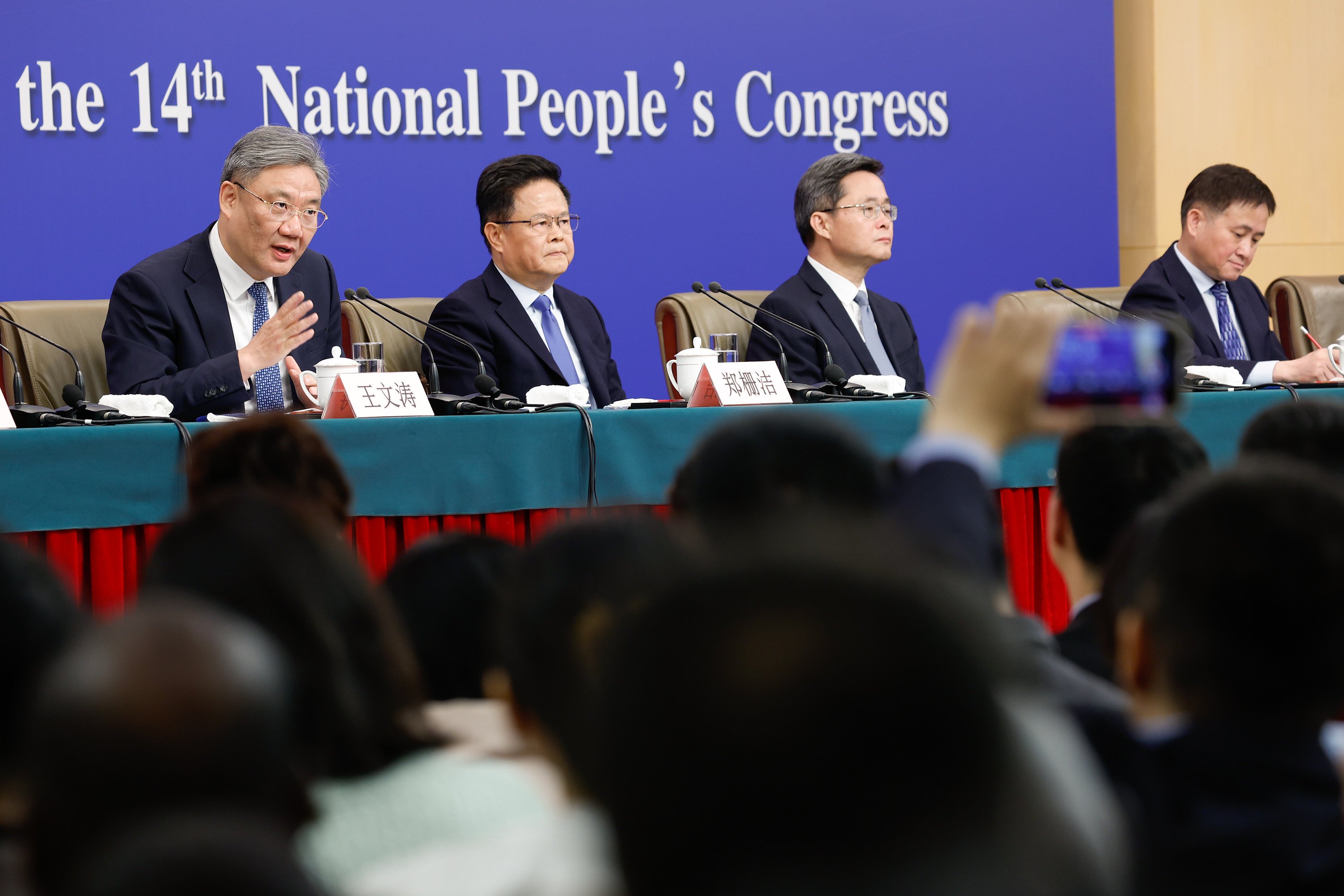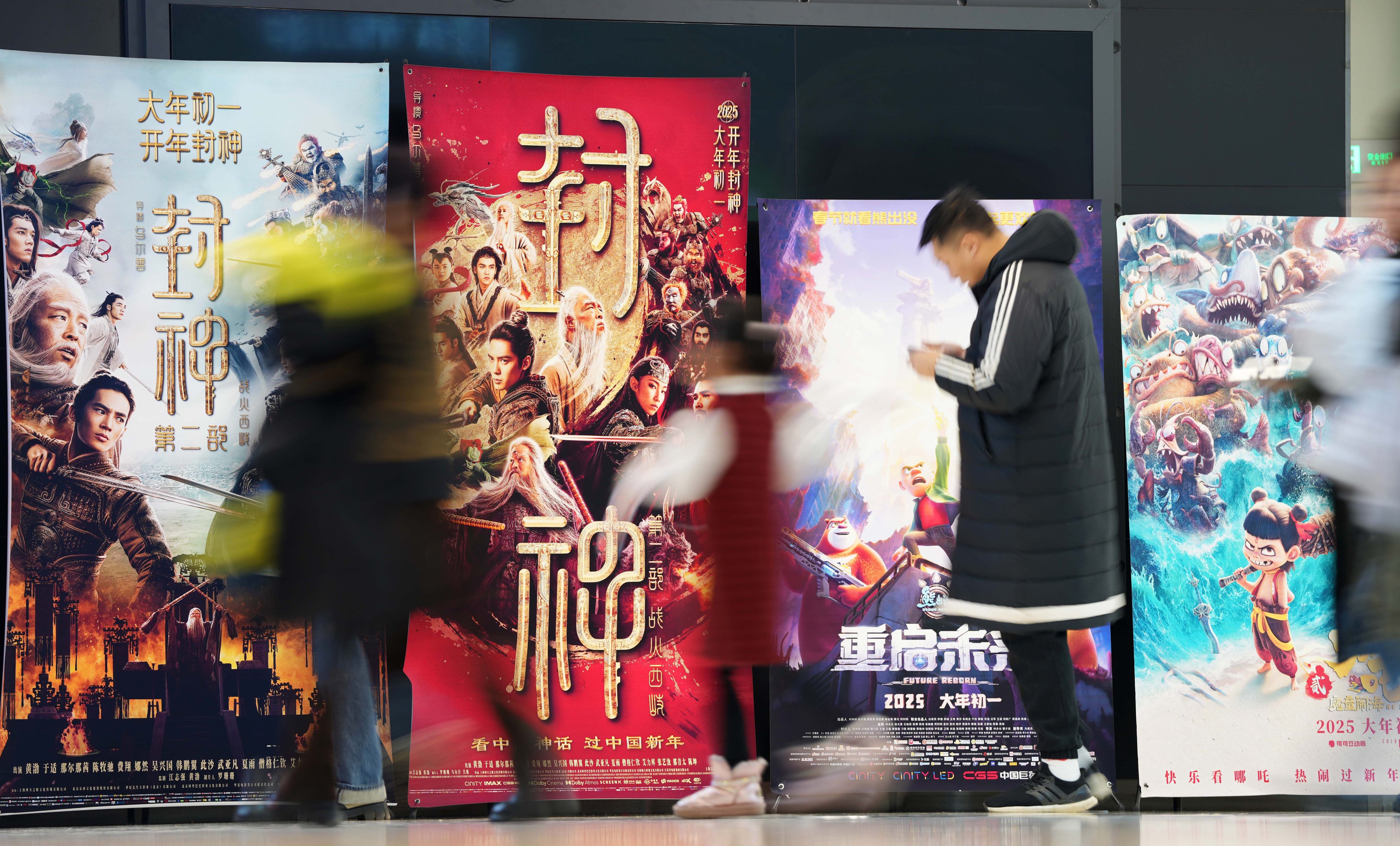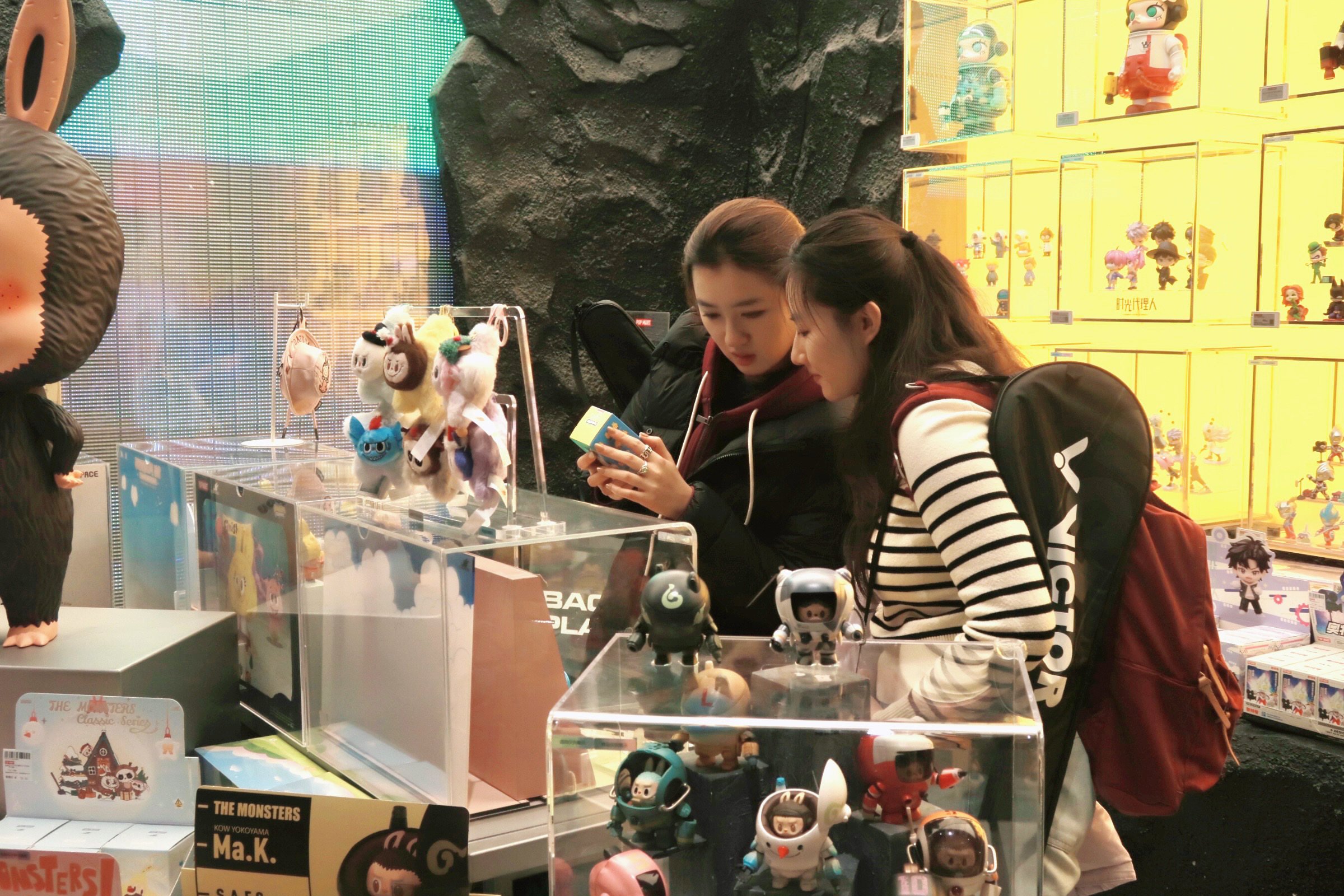TOPIC
China inflation
China inflation
Inflation captures the rising costs of goods and services in an economy and, as a result, the decreasing purchasing power of consumers. It is most often measured by the consumer price index (CPI), which tracks the prices people pay for a "basket" of goods and services. China has never disclosed the weighting of its CPI, but estimates suggest food, tobacco and alcohol make up about 30 per cent, with pork believed to be the most heavily weighted product. As the prices of everyday goods rise, Chinese consumers feel inflation directly as an increase in their general cost of living.
Help preserve 120 years of quality journalism.
SUPPORT NOWAdvertisement
Advertisement
Advertisement
Advertisement
Advertisement
Advertisement
Advertisement
Advertisement
Advertisement
Advertisement
Advertisement
Advertisement
